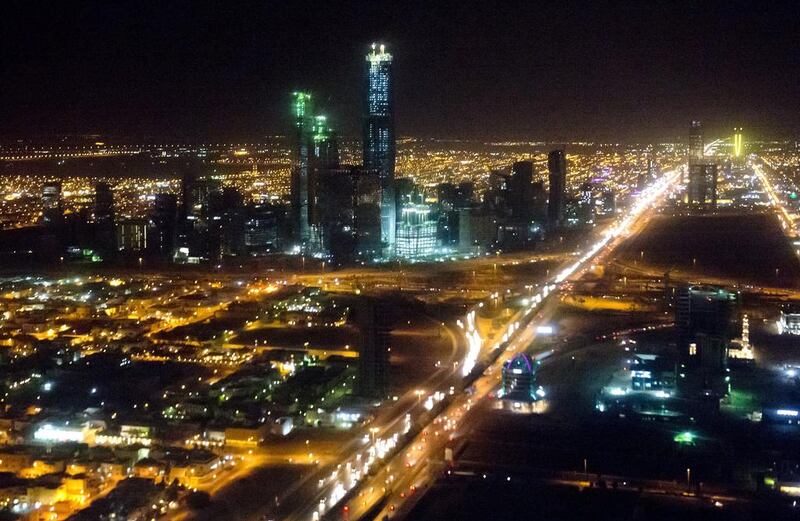Standard & Poor’s has kept its main credit rating for Saudi Arabia unchanged at its current level, describing the outlook for the economy as “stable”.
The move follows the announcement of a bold series of reforms designed to overhaul the kingdom’s economy, and a levelling out of the price of oil.
S&P’s decision to keep Saudi Arabia’s main credit rating on hold at A- comes after two downgrades in the past six months following a collapse of oil revenues and dwindling foreign currency reserves, leaving the kingdom’s rating four levels above non-investment grade territory.
“The stable outlook is based on our expectation that the Saudi authorities will take steps to prevent any deterioration in the government’s fiscal position beyond our current expectations, over the next two years,” S&P said in a statement issued over the weekend.
S&P had cut the country’s rating to A+ in October, subsequently cutting it again to A- this February.
Last month the ratings agency cut its rating to BBB+ for four large Saudi banks – Riyad Bank, National Commercial Bank, Al Rajhi Bank and Samba Financial Group – warning that they faced an increase in non-performing loans amid tightening credit conditions in the kingdom.
Fellow ratings agency Moody’s last month announced that more than 10 oil-producing nations, including Saudi Arabia, the UAE, Kuwait, Bahrain and Qatar had been placed on review for a downgraded rating in the wake of lower oil prices.
Saudi Arabia’s deputy crown prince last week told Bloomberg of a programme of revenue-raising reforms, designed to stabilise the kingdom’s finances amid lower oil prices.
Prince Mohammed bin Salman says the kingdom plans to place state assets including Saudi Aramco and Sabic under the control of the Public Investment Fund, which will manage up to US$2 trillion in assets, with an additional $100 billion of new revenues earned from new taxes, levies and subsidy cuts.
“We expect the government’s fiscal consolidation plan will likely include postponing some capital spending projects, increasing non-oil revenues, and controlling current expenditures,” said S&P in its statement, noting the government had already embarked on an extensive programme to scale back subsidies on fuel, water and electricity.
“Through these increased utility tariffs, we expect to see stronger profitability at government-related entities, in turn resulting in higher dividends for the government.”
S&P predicts that the kingdom will run an average government deficit of about 9 per cent of GDP from 2016 to 2019, based on 2016 budget measures.
The upholding of the Saudi rating comes after Brent crude futures hit a three-week high on Friday, closing up 6.4 per cent at $41.94 per barrel on falling US stockpiles.
Crude futures are 20 per cent higher since S&P’s last rating cut in mid-February, but remain more than 60 per cent lower than peaks in 2014.
jeverington@thenational.ae
Follow The National's Business section on Twitter





